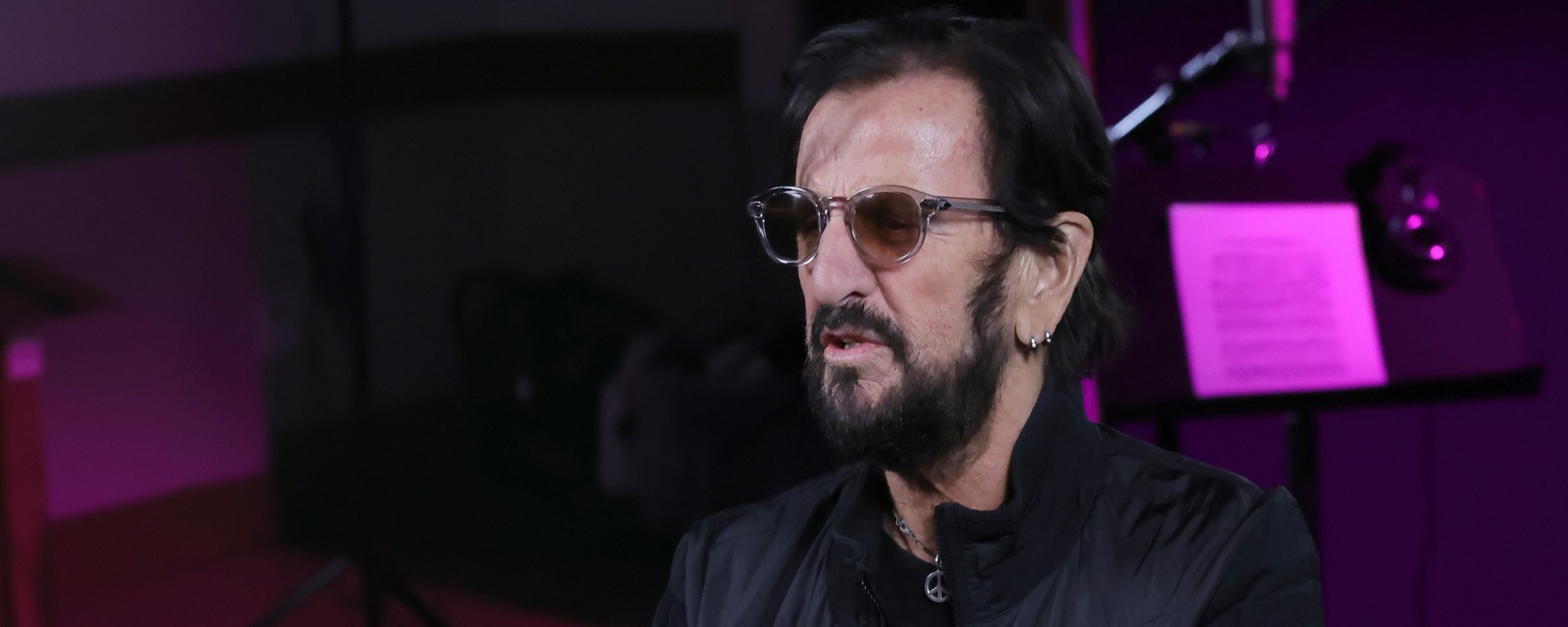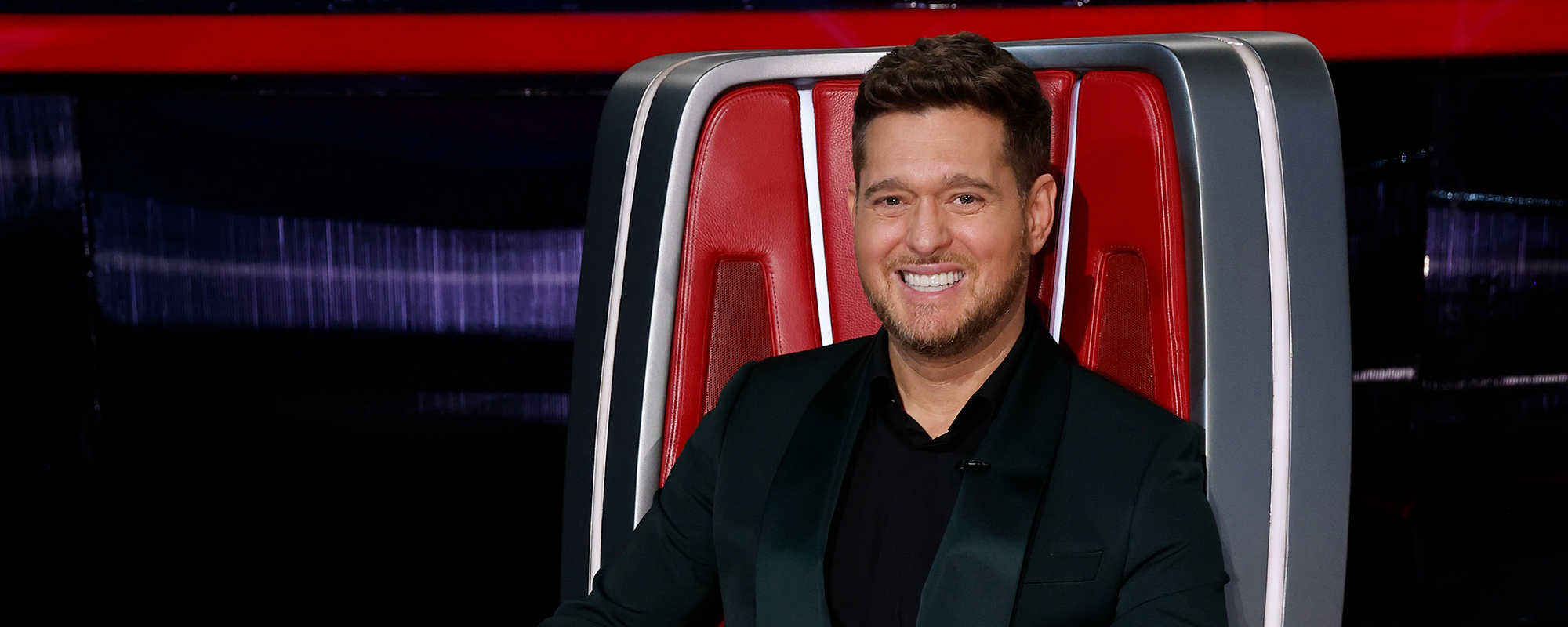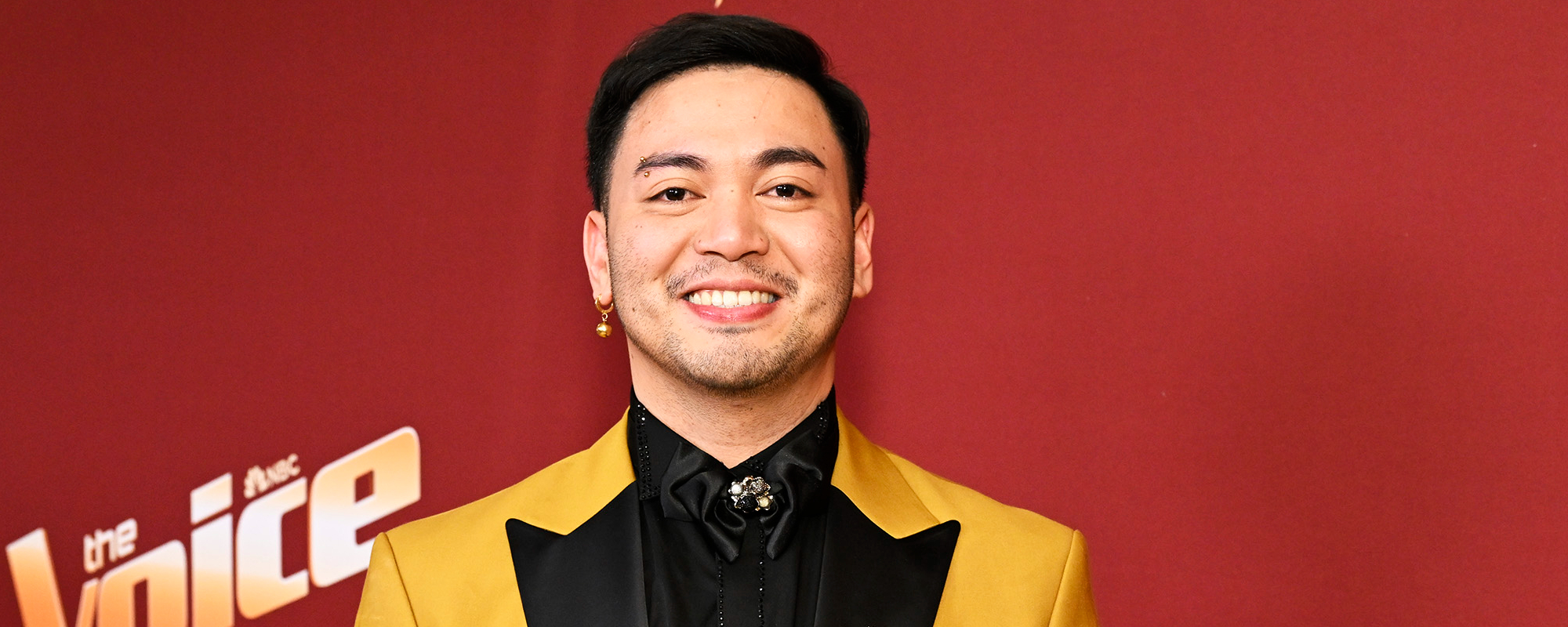It’s “music in flames” says Thurston Moore.
Videos by American Songwriter
Through the nearly one hour, 30-minute run of By the Fire, Thurston Moore has opened a pandora’s box of oppressiveness, disillusionment, and the ramifications of isolation, all guided by the saving grace of creativity and love. From the first chime of “Hashish” through 14-minute conclusion of “Venus,” By the Fire exposes a deeper dialogue on seclusion, exploring feelings of loss, anxiety, and collectively embracing the present reality—or not.
Pulling in Sonic Youth’s Steve Shelley, My Bloody Valentine bassist Deb Googe, Jon Leidecker (“Wobbly”) of Negativland on electronics, guitarist James Sedwards, and drummer Jem Doulton, By The Fire is cautiously optimistic of the times at hand, and our hands in it.
“This presentation certainly was defined by the situation at hand,” Moore tells American Songwriter. “So the music was written and recorded before we found ourselves in a global lockdown as it were. But I don’t really like that word lockdown so much because it’s sort of a jail term and our governance are like prison wardens. It’s also a sort of unhealthy permanence.” Instead, Moore prefers the term “quarantine,” if he must. “Still, lockdown is kind of funny,” he says. “It’s very Hollywood.”
Easing into his seventh solo album, the cooler, lo-fi “Hashish” is what Moore describes as “an ode to the narcotic of love in our shared responsibility to each other during isolation.” Still drifting into the more sonic riff of “Cantaloupe,” accompanied by a skater and fireworks video montage tiled together by Moore, By the Fire reveals its more erratic side on the near 11-minute crash of “Breath.” The sole Fire track held over from 2017’s Rock N Roll Consciousness, it moves into more anxious waves as Moore enters after the four-minute mark, while “Siren,” is more cinematic in its urgency. The 12-minute track, written on The Adriatic in Vasto, Italy, reveals an homage to mermaids and a link to femininity and transformation.
Inside By the Fire, Moore experiments with the depth of 2019’s three-song, instrumental weight of Spirit Counsel, sparing an hour-plus paean like “Alice Moki Jayne”—an ode to jazz composer Alice Coltrane, Swedish visual artist Moki Cherry, and poet Jayne Cortez—there’s a breather in the more moderate movement of “Calligraphy” before segueing into a tribal cacophony of “Locomotives,” running a near 17 minutes. “Dreamers Work” and “They Believe In Love [When They Look At You]” revert back into some ’90s Sonic motions with Moore’s depth and closes on an instrumental acquiesce of “Venus.”
Composed and recorded through the end of 2019, By the Fire was already complete prior to Covid, and since Moore opted for the later release, the album took on more of the collective conscious of the pandemic and all the implications of isolation.
“I wanted to get more into the collective contemplation, the shared anxiety, and mystery that we have about our future together,” says Moore. “I wanted to put something together that spoke to that personally and emotionally, so I was able to sequence this record with that happening… exchanging this personal commentary and wanting to share music in a very positive way. I thought it was the least a musician can do to be socially engaged.”
In thinking of the album’s title, Moore found himself stuck on this basic idea of “social communication,” and landed on By the Fire, after watching Julien Temple’s 2007 documentary on The Clash’s Joe Strummer, The Future is Unwritten.
“He uses this device in the film where he’s interviewing the musicians and friends of Joe Strummer, who worked with him before he got radicalized by pop rock and went from being a more hippie rock and roll protest singer into a punk rock, righteous activist, with Joe sitting around a campfire in the evening and sharing stories,” says Moore. “I just thought that was kind of a dangerous thing to do with, especially in a film, because it’s hard to capture, but he did it in a way that was really very evocative.”
Moore adds, “I started thinking about that idea. That’s one of the oldest sort of social communications that you have, people sitting around a fire and sharing stories, passing the peace pipe, and giving it to the next person to tell the story. These things are so beautiful in their history, so I thought about people taking to the streets in the last couple of months infuriated by the indignity of being treated so savagely and wanting to voice their anger because, regardless of pandemic, they’re going our and saying ‘enough is enough—stop’!”
Thinking more on the title, Moore says he was thinking about fire and how it was erupting in the streets and the notion of it being cleansing. “I like the reality of fire being cleansing and at the same time just destructive more so than anything,” says Moore. “I feel like we’re really close to the fire right now, and I think it’ll be renewing, and there will be a Renaissance for us all, but there will be a burn for a bit.”
Careful in his sequencing of By the Fire, Moore took special care in its narrative progression, regardless of song length. By the Fire is not guided by economics and the idea of releasing a musical composition in short form, or within a 45-minute mark.
“I remember reading about how during the Big Band era, the idea of the smaller combo was a bit of an arcane thing, and after the war, the economics of having a a large ensemble as was rather prohibitive, so you started having the smaller combos and that became kind of the hip format,” says Moore, “but even then it was defined by finance and economy.”
Moore says some people were also complaining that Spirit Counsel, which runs nearly two and a half hours, wasn’t on vinyl, but he didn’t want to scissor the music down just to fit the market. Fascinated by some electronic musicians and even academic composers crafting two- to six-hour-long compositions of music, Moore has even expressed interest in one day procuring a 24-hour-long song. Still, he admits that one positive of digital is that is has helped pierce the restrictions of making a record. “I think that the lid is blown off,” says Moore, “and musicians and artists can compose in any which way, regardless of format.”
Still, Moore loves vinyl and barely using digital streaming platforms. “You can’t download a record,” he says. “You can download the song for what it’s worth, but you’re not getting that vibratory, that sentient gift. You’re not touching it. You can’t really bring it to your face, and look at it, and smell it, and all those things are primary for me. I get a huge kick out of going to the local second-hand record store and finding cool seven inches and cassettes and bringing those home. That’s something that makes me actually feel something.”
On the digital end, a platform like Spotify is not artist-friendly, says Moore. “The pay rate structure for artists, it’s bullshit,” he says. “It’s not made for artists, unless you’re selling millions of streams. It makes sense as far as finding these algorithms of introducing you to music that you might like.”
Right now, seems like another time and place, but Moore says it’s the perfect moment for By the Fire‘s release—and he’s proud it released alongside Public Enemy’s What You Gonna Do When The Grid Goes Down, Bob Mould’s Blue Hearts and the Idles Ultra Mono.
“It’s really sort of that kind of community of action that’s happening with these records coming out,” says Moore, who says that in between exploring live streaming events, he’s really just embracing time at home to write.
“I really wanted the record to have the trajectory of more joyful sonic rock tunes that are all about joy and whatever mysteries are in that world,” he says. “Those first two songs, ‘Hashish’ and ‘Cantaloupe’ were like that, and then it gets a little more cerebral and kind of internal, and then it gets into this more experimental, darker tracks, and that last piece is kind of this release, an exposition that goes into some kind of hopeful outpouring at the end.”

Moore, who recently tapped into live streaming, performing from London’s Rough Trade on Sept. 24, is working on more of a musical memoir, following a number of his books of poetry and other writings from 2000’s “Alabama Wildman” and “Lyrics & Poems” (2015). “This is as close as it will be to a memoir,” says Moore of the tentatively titled “Sonic Life.”
“I’m really focusing more on what the processes of being in the world of making music and how people work together,” he says, “and the documents that sort of inform you, musically, especially early on.”
Discovering Patti Smith, watching The Ramones perform live in the late ’70s, devouring The Buzzcocks, The Damned, The Slits, The Raincoats, and all the records coming out of England, dissecting bands like Suicide and no-wave artist Lydia Lunch—“Sonic Life” focuses more on the tectonic shifts in one’s musical direction, and life, diving into Moore’s teenage years in New York City in the 1970s, the formation of what would become Sonic Youth, and the music and art world that shaped him and the evolution of that era’s artists.
“It’s just talking about how those documents were so integral and so important to so much music that was being made from our scene,” says Moore. “It’s a series of expositions into that trajectory of documents and how they kind of conform up to the point where you start creating yourself.”
Reflecting on his earlier years living in New York City, Moore says the economic reality of the city lent itself to the art, and artists, being born at the time.
“We were just penny desperate, and we would work odd jobs just to get a little coin, but we could still subsist and exist without the anxiety of having to pay more than a couple of hundred dollars,” says Moore. “At some point, that reality shifted when the city became more monied and the artists, especially through the advent of the Internet, didn’t really necessitate the city as much as they did at one time.”
There’s a subtle romanticism around the era, but at the same time something as simple as a GPS wasn’t even an option back then. “I think about touring and reusing the old road atlas, and if you’re lucky to have some coins you could make a phone call and find out where the club was,” says Moore. “It was kind of the machinations that were going on. There’s something to be said about having a GPS unit in the palm of your hand, but there is a bit of a glory to the romantic notion of just fending for yourself in such a way.”
Moore documents this penultimate time in New York and its paradigm shift in the ’80s through ’90s. “I think every generation defines itself,” reflects Moore. “I’ve had people say, ‘oh, I wish it was like then,’ and I think, ‘well, no, you don’t.’ You can look back on a lot of the romantic notions of it, but there are things happening now that are just so fantastic.”
He adds, “Still, no matter what happens in your life at that moment, you were in the center of the universe. You where at the right place at the right time, and nobody can ever take that New York away from you.”












Leave a Reply
Only members can comment. Become a member. Already a member? Log in.